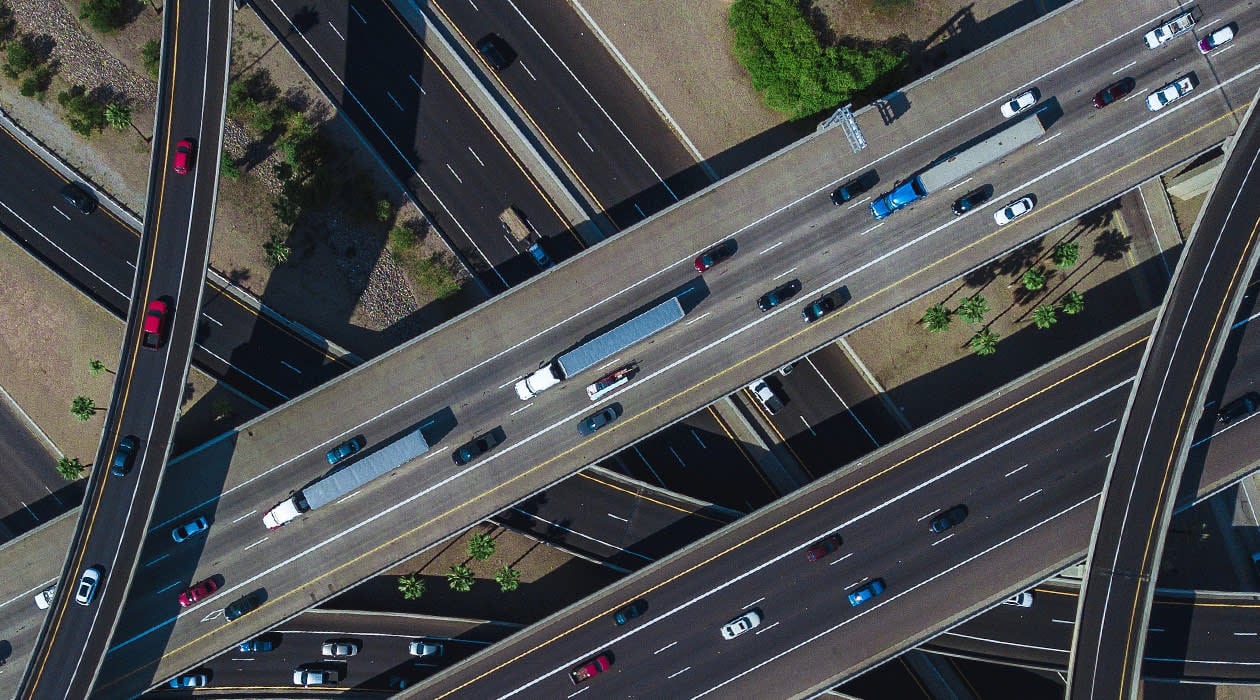Developing the Aurora Driver for trucks
Ecosystem | October 09, 2019 | 2 min. read

From the earliest days of Aurora, we’ve architected the Aurora Driver to pilot vehicles of all sizes, from small cars to large trucks, and to operate on both ride-sharing and logistics (delivery) service networks. To truly deliver the benefits of self-driving technology safely, quickly, and broadly, the Aurora Driver would need to move people and goods across all vehicle platforms, from compact passengers to commercial vans to Class 8, or heavy-duty, trucks.
It’s harder to develop a self-driving system with this flexibility. This work has required a deep investment in foundational hardware and software design to seamlessly integrate across vehicle platforms. But when done right, this approach leads to better performance and lower material costs for all participants on the platform, and increases our ability to deliver on our promise.

The Aurora Ecosystem was designed with flexibility so the Aurora Driver can first be deployed in middle-mile trucking applications, then last-mile goods delivery and finally, passenger mobility networks.
As we develop the Aurora Driver, we focused first on developing a driver for low-speed operation in interesting urban environments. This exposed our Driver to a more concentrated dose of interesting events for every mile driven and allowed us to hone our offline infrastructure to accelerate development more broadly. Meanwhile, we also integrated our Driver into several different vehicle platforms, from small sedans to a Class 8 truck. We’ve tested each vehicle at low speeds to ensure our Driver remains versatile to different platforms and their unique behaviors.
Through our work, we’ve kept an eye on the high-speed operation of vehicles powered by the Aurora Driver, and we’ve been thoughtful about preparing both our technology and our company for this important leap. This preparation ranges from the very tactical steps of designing our garages to accommodate large trucks and training a subset of our team to operate them, to more strategic considerations in our functional safety architecture. While it’s true that highway driving is, for the vast majority of the time, uneventful and monotonous, dangerous events do arise, however infrequently. When they do, they present a significantly more complex and consequential challenge for a heavy, fast-moving vehicle than a light, slow-moving one. Hence the safety bar for this application is high. Meeting it requires a perception system that can reliably see objects at long ranges.
And then we welcomed Blackmore into our family.
We’ve invested a considerable amount of time and resources in deeply understanding how perception needs change at high speeds and putting in place key strategic technologies that will allow us to meet them. In addition to our developments in both radar and camera systems, Blackmore’s industry-leading FMCW lidar is uniquely well suited for the long-range sensing needed to operate a truck safely at highway speeds. Our lidar offers single photon sensitivity, improved resistance to environmental conditions, and simultaneous detection of both the position and velocity of objects. This means the Aurora Driver can detect and track objects more quickly, at greater distances, and with greater precision than was possible with existing technology.
The economic and social benefits of self-driving in long-haul trucking are clear. With the addition of the world’s foremost FMCW lidar as a critical and distinguishing piece of the Aurora Driver, we are excited to expand our Driver’s abilities to higher-speed applications.
Stay tuned for more updates on our progress in the coming months.
Delivering the benefits of self-driving technology safely, quickly, and broadly.